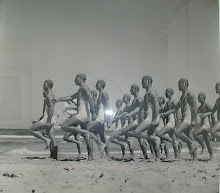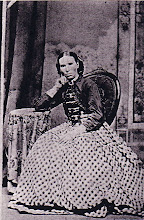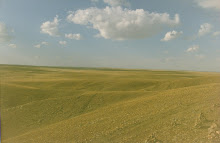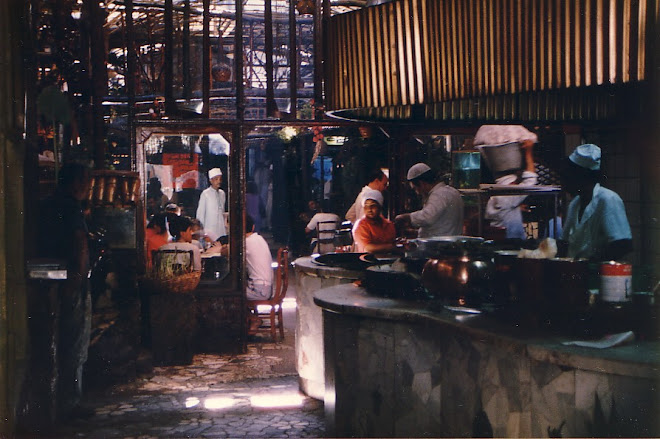La Goulue and the CanCan at Le Moulin Rouge - Louise Weber (1866-1929)
YouTube is truly an amazing resource!
I was playing round with things like 'Le Moulin Rouge' and 'cancan' and up came three clips (from andrasmblack, arbrerouge7 and gazabo) about Louise Weber - the famed La Goulue. Each with footage of this famed identity in middle age, executing a few dance steps.
Dubbed 'La Goulue' (The Glutton) for her habit of downing the drinks off tables as she danced past, Louise Weber was THE cancan dancer of Le Moulin Rouge, and the highest-paid performer of her day.

Perhaps Jewish and from L'Alsace, Louise Weber settled into the Paris suburb of Clichy, and began working in a laundry with her mother. Even at 16 she revealed her daring - borrowing clothes put in for cleaning to go to the dance halls at night.
There she met Auguste Renoir, who introduced her to nude modeling for artists and for photographers such as Achille Delmaet ...



... and from there she found her way into the dance clubs and halls of Montmartre.
Immortalized by Henri de Toulouse-Lautrec ...
... this vibrant, audacious and gutsy sensualist would high-kick the hats off male customers' heads with a toe during her routine, ...

... dance on the table tops, and flash a red heart embroidered on her under garments.
She formed a dance partnership at Le Moulin Rouge' with Jacques Renaudin (1843–1907), a wine merchant who danced under the name of Valentin le Désossé or Valentin the Boneless. Doing the 'chalut', an early version of the cancan.


This footage of La Goulue around 1910 is touching for a number of reasons.
Determined to capitalize on her considerable fame, she broke with Le Moulin Rouge in 1895 to set up her own dance hall ...
... and when this venture failed, she traveled about fairgrounds as a belly dancer, with her own booth ...

... only to fail again, and end her days in alcoholic destitution. Hinted at in the clips by her being reduced to a caravan home and torn and mended garments.
It's impossible not to respond to her efforts re-capture some of the vitality and abandon of her Moulin Rouge days. There is still some of the delicious and vigorous fluidity and the rhythmic abandon, but in the gentler mode of old age. And still the beautiful placement of body, arms and legs.
Like in a creaky old melodrama, La Goulue was finally reduced to support herself selling peanuts, cigarettes and matches - unrecognized and on a street corner near the Moulin Rouge!














































![C18 Bronze Buddha [Southern China]](https://blogger.googleusercontent.com/img/b/R29vZ2xl/AVvXsEioLkgVKuhDoIHQgM1X6Oe2hGn75yqaj4OJXPmNpumXmQPKxB22S57YS5DVrl1P7zl7BS6EFpAtaNZPze7gzVCRiQI54bwdHhVa4fGr7NOChZwTZoo92gUen6tC5U8gWIy_pv92U0FB38M/s1600/Buddha+%255BBronze%252C+C18%252C+China%255D+1.jpg)




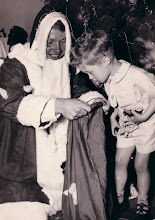







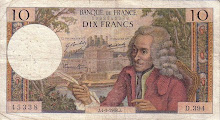
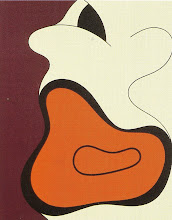+1998+Cropped.jpg)

